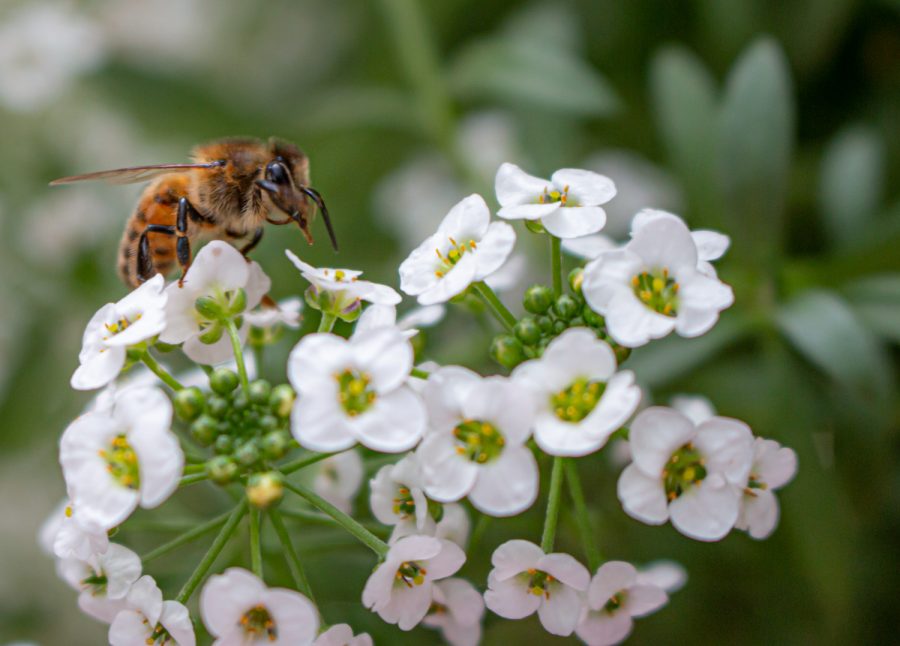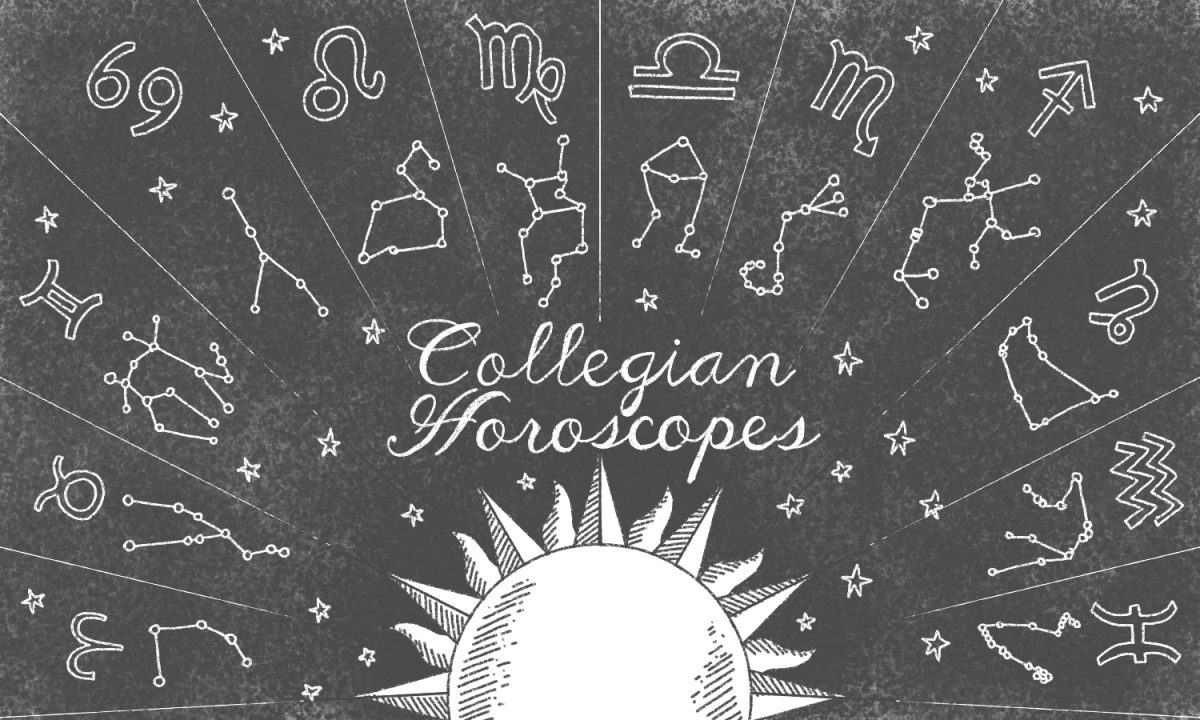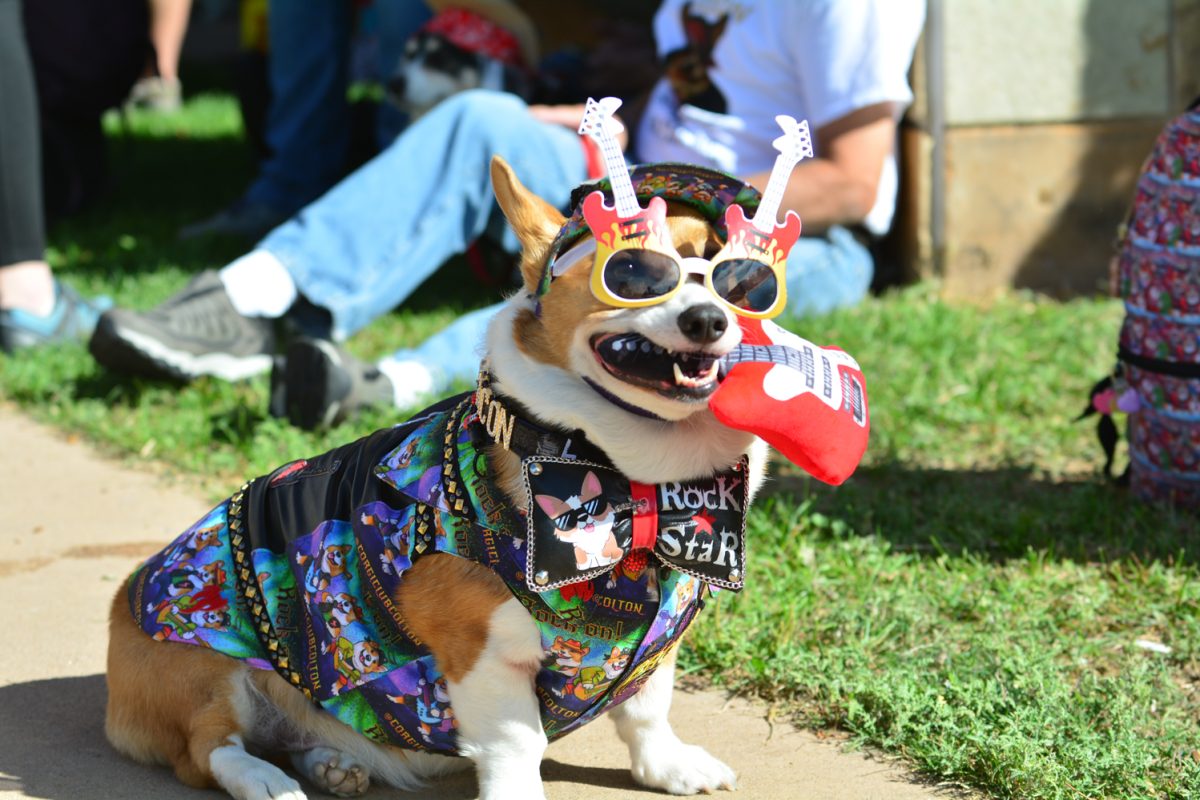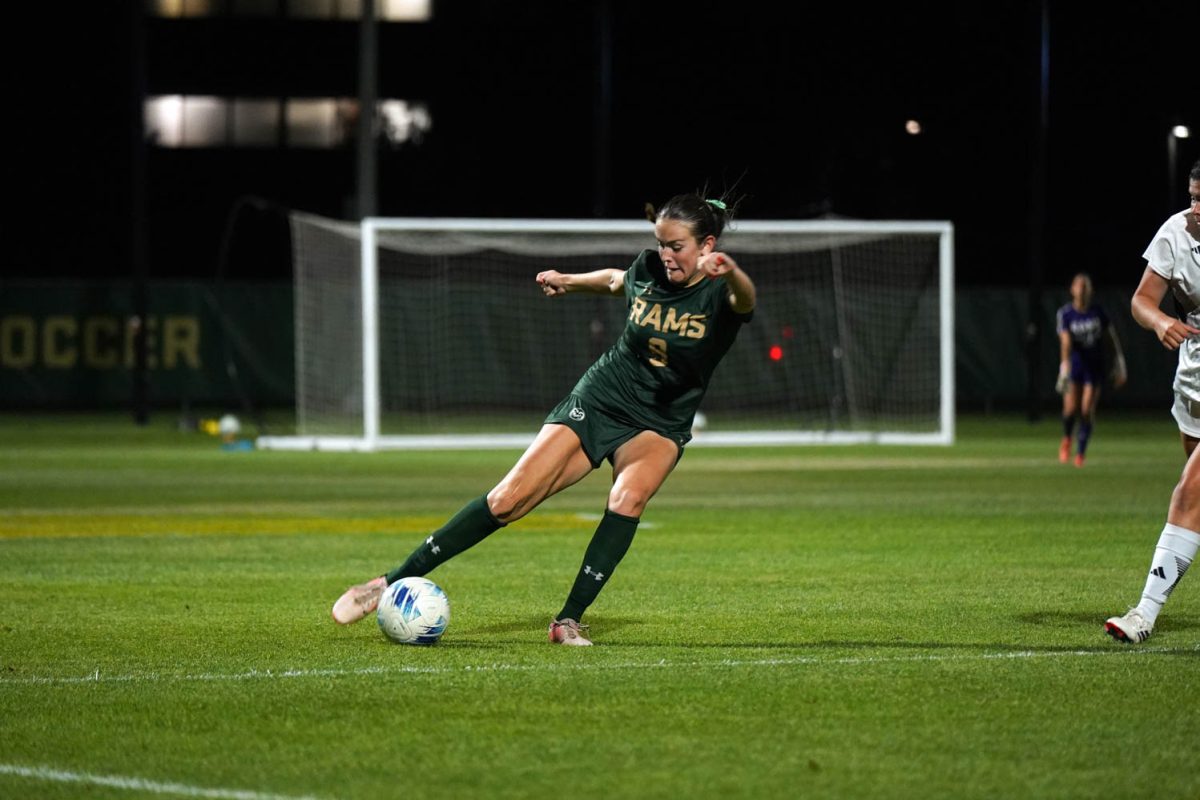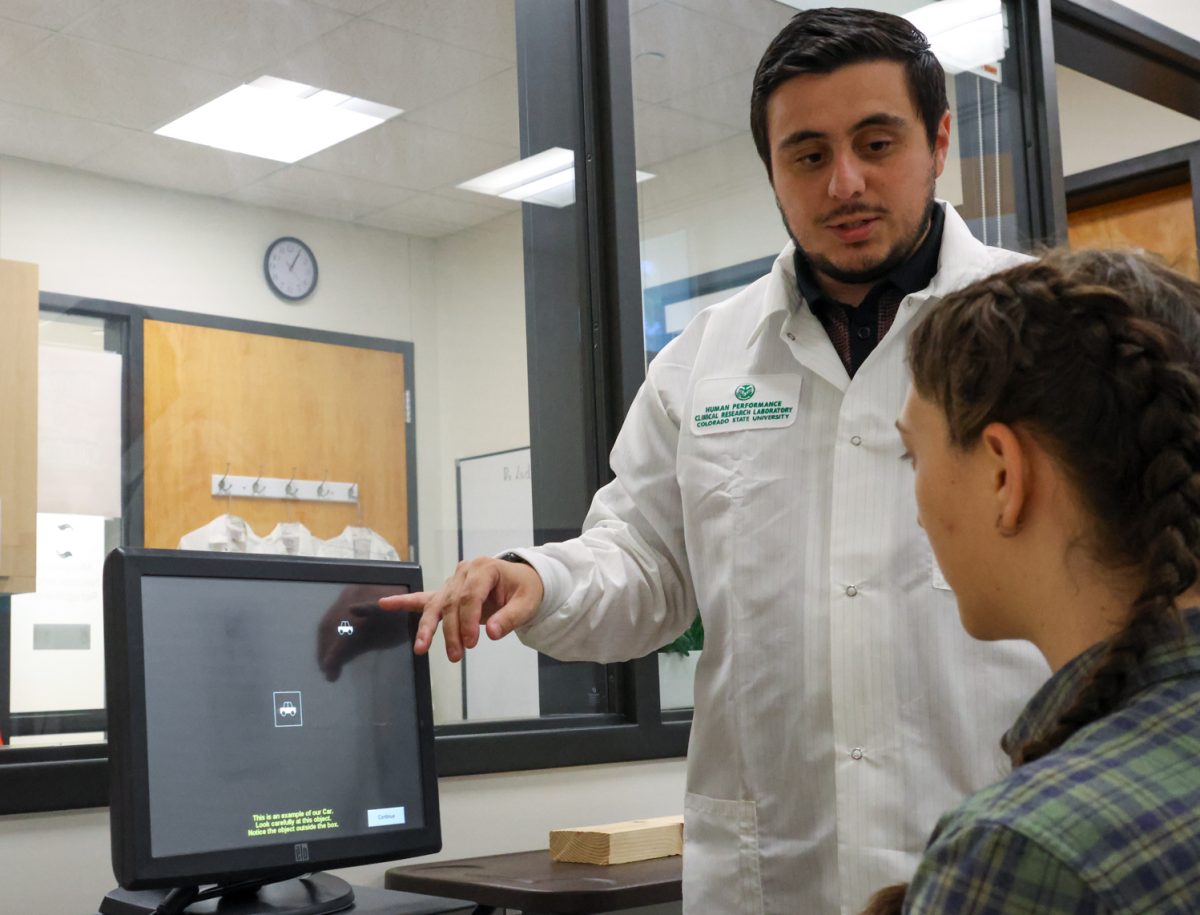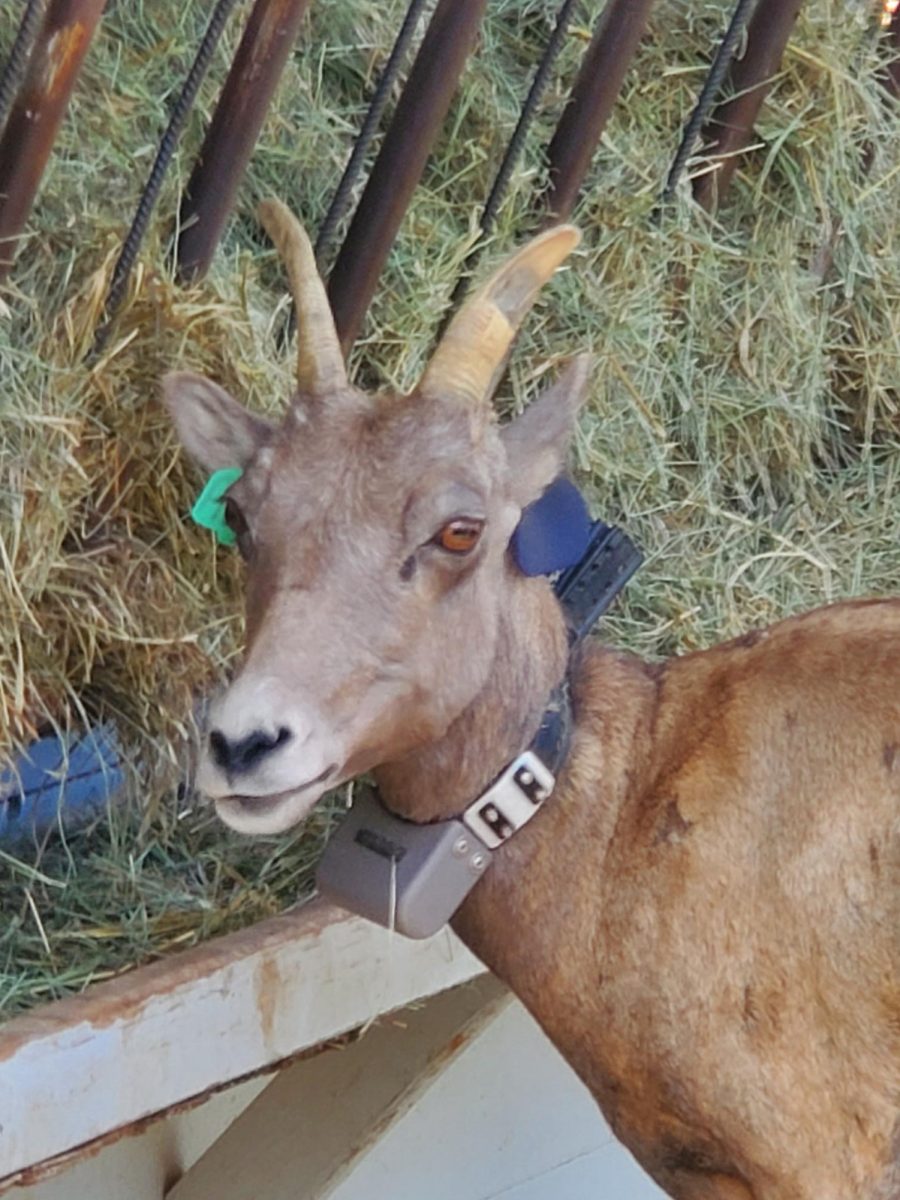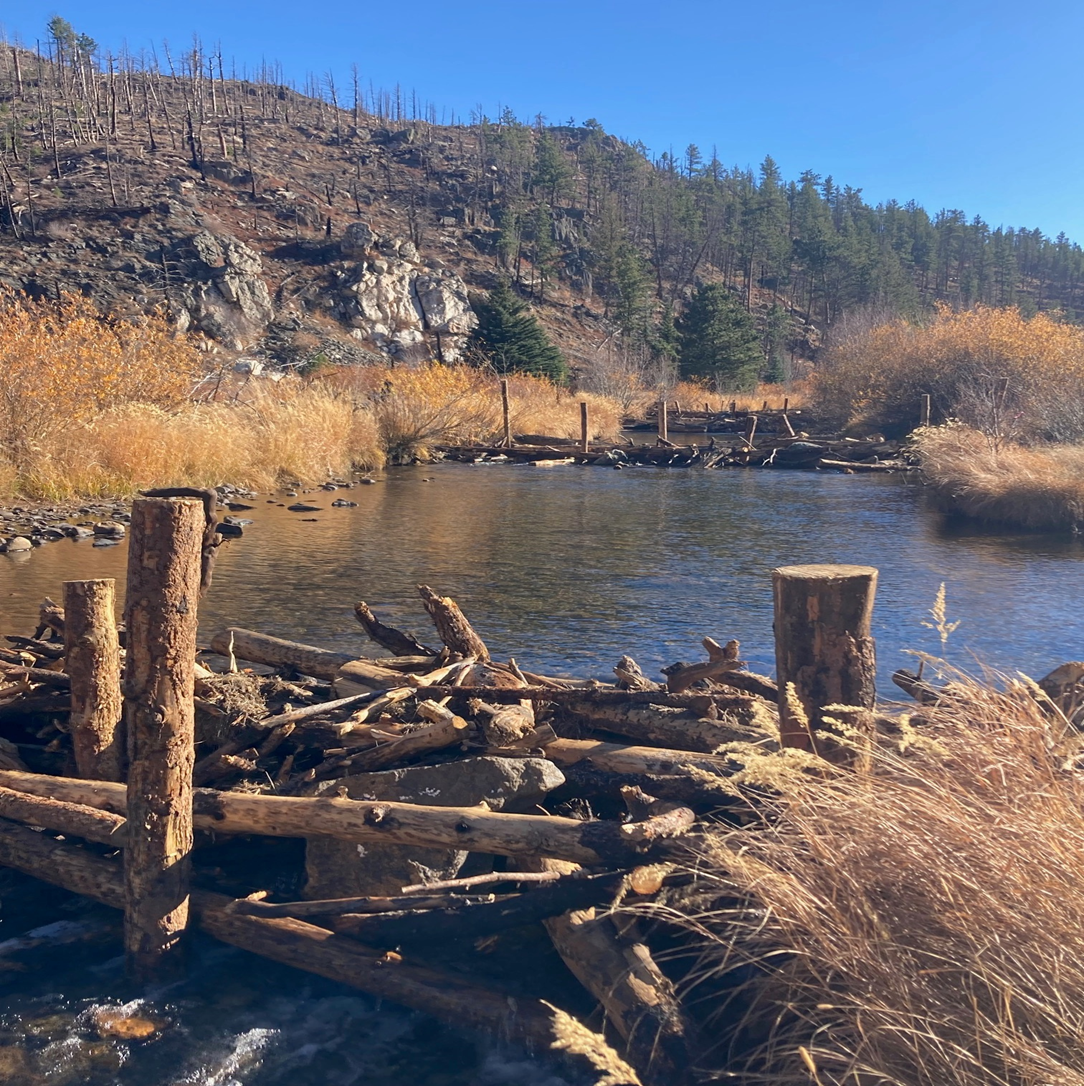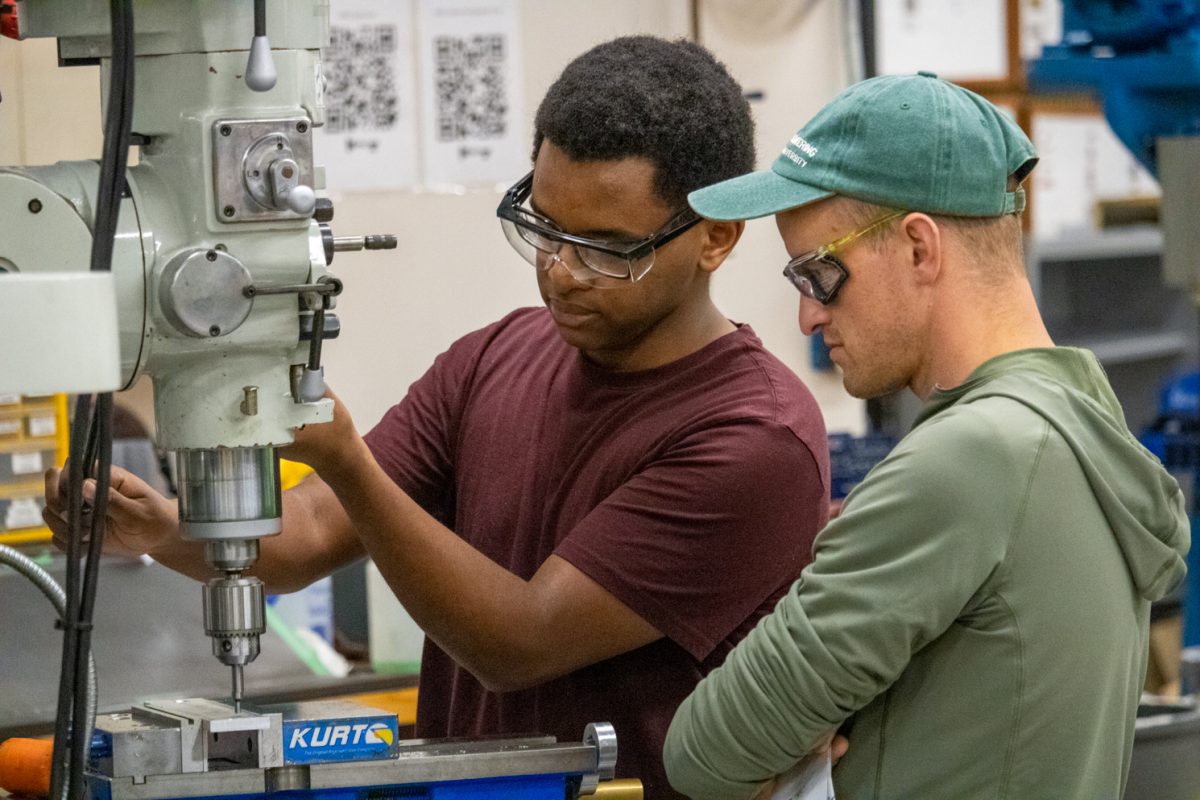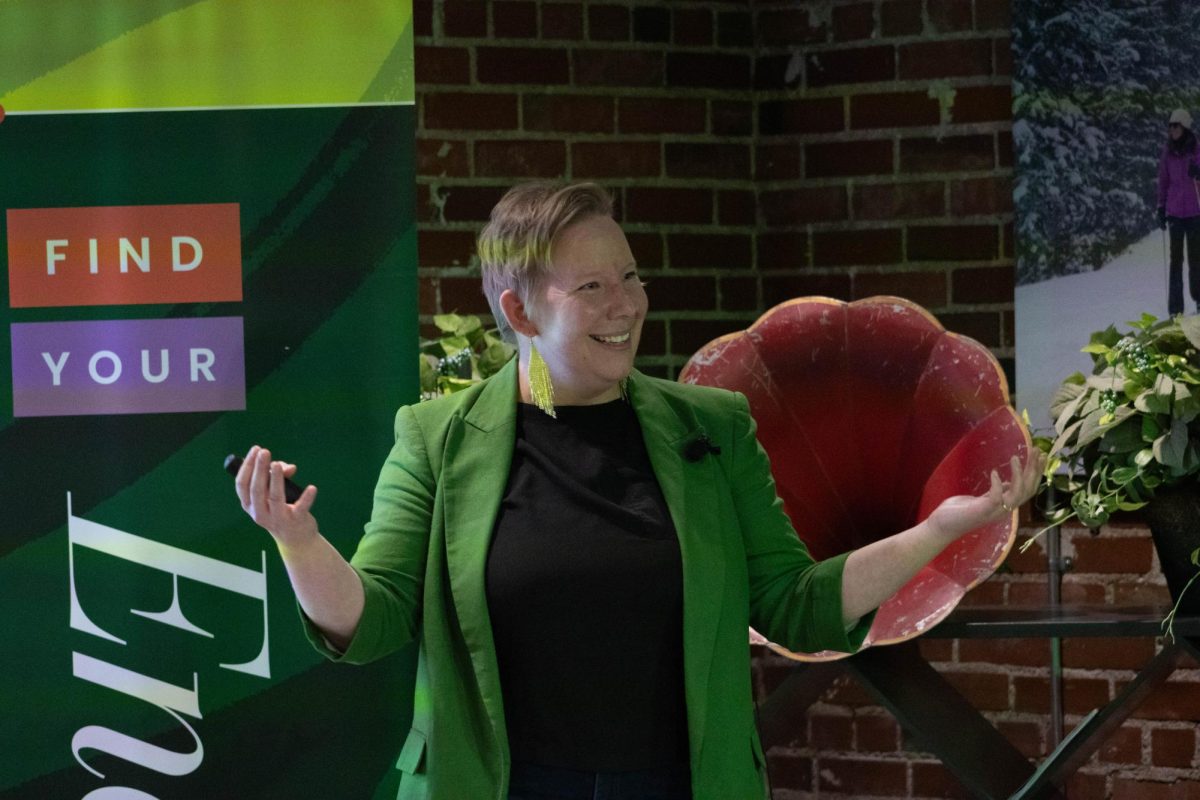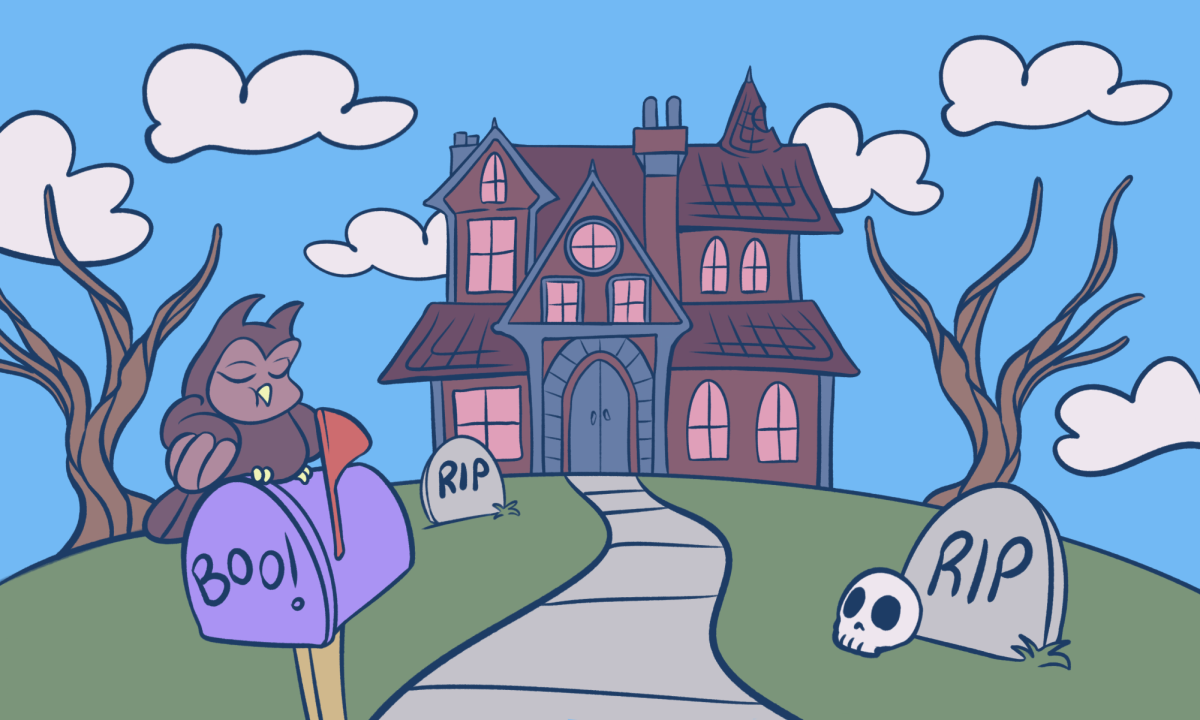There are more than 1,000 bee species in Colorado alone. Although pollinators are responsible for one-third of our diet, their populations have been on the decline.
It was facts such as these that motivated Lisa Mason, the horticulture specialist and entomologist for Colorado State University Extension in Arapahoe County, to create Native Bee Watch. Through this project, Mason has taught dozens of volunteers how to identify pollinators, a process that becomes difficult when there are not enough educators to give volunteers timely feedback about their observations.
“That feedback loop is critical not only for the long-term scientific outcomes of Native Bee Watch but also for volunteer engagement, volunteer retention and just overall individuals having a fun and enjoyable experience,” said Lauren Vilen, a graduate research assistant within CSU’s school of education.
This is when the idea to create an artificial intelligence tutoring system to teach volunteers formed.
“The AI tutoring system is a way that we hope can bridge that gap between learners identifying bees, or at least photos of bees, and then being able to get some timely feedback as to whether they identified that photo correctly,” Vilen said.
Not only do researchers want the AI tutoring system to issue a correct or incorrect response to volunteers’ bee identifications, but they also aim to design a system that provides tailored feedback.
“They’re vital to humans — they’re also vital to the ecosystem. Over 75% of all plants in our world are dependent on pollinators for plant reproduction. So our world (and) our ecosystems also need pollinators.” –Lisa Mason, CSU extension horticulture specialist.
“So if you didn’t identify it correctly, it would perhaps give you some tutorials about the features that you can look for and then give you the option of going to a more in-depth explanation with some other resources,” Vilen said.
Sarath Sreedharan, assistant professor in CSU’s department of computer science and the principal investigator of the project, explained the two parts of constructing the AI system. First, the system has to be coded. But after that, the machine can teach itself.
“We use this method called machine learning, where we build AI programs that can just look at a lot of data and then learn on its own,” Sreedharan said. “For example, identifying a bee, it’s not very easy for people to program how to identify a bee.”
The project is a combined effort between CSU’s school of education, the department of computer science and Native Bee Watch. While computer science researchers construct the AI portion, the school of education has been analyzing which effective strategies the AI system should use when teaching volunteers.
“From the educational side, we’re really thinking about how people learn and what things need to be in place for it to be a positive and effective learning experience,” Vilen said.
This project will allow individuals to learn with multiple facets of support, an opportunity that can be rare for adult students.
“There’s not always quality opportunities for people to engage in adult science learning outside of (a) formal education context (in which you’re) supported by adult learning experts and science contact experts,” Vilen said. “So I think this is a really unique opportunity to provide this experience to Colorado residents and be able to support the program with research from CSU.”
Sreedharan added to this, explaining that AI is an adaptive form of education and something that has the potential to accommodate a variety of individuals.
“I think there is a lot AI could offer towards providing effective education, especially for education for nontraditional students and education outside the classroom,” Sreedharan said.
This project is not just a prominent advancement in Larimer County or even Colorado. Pollinators are important to most life on Earth, whether directly or indirectly.
“They’re vital to humans — they’re also vital to the ecosystem,” Mason said. “Over 75% of all plants in our world are dependent on pollinators for plant reproduction. So our world (and) our ecosystems also need pollinators.”
Mason said she thinks the potential of AI has promise for the future of conservation.
“There’s a lot of room for innovation and learning how to use AI for good to help with conservation,” Mason said. “I think there’s a lot of cool things that could happen or will happen in the future.”
Reach Mckenna Van Voris at science@collegian.com or on Twitter @CSUCollegian.



